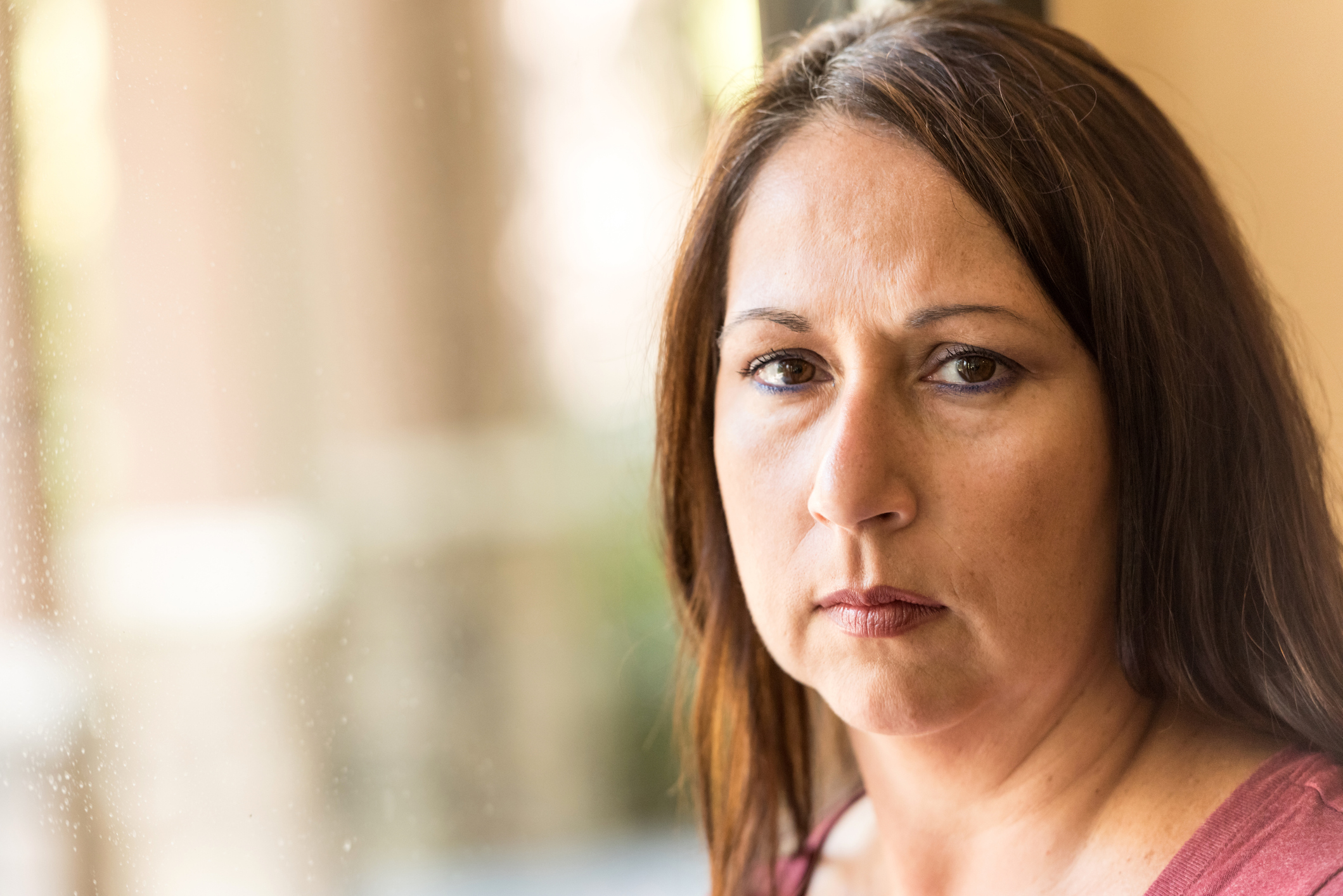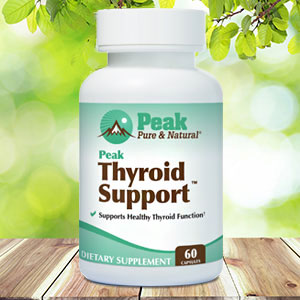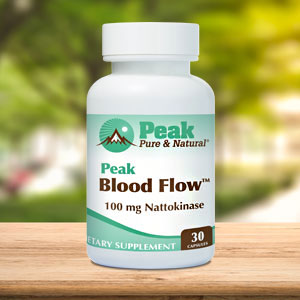Get Easy Health Digest™ in your inbox and don’t miss a thing when you subscribe today. Plus, get the free bonus report, Mother Nature’s Tips, Tricks and Remedies for Cholesterol, Blood Pressure & Blood Sugar as my way of saying welcome to the community!
3 factors that dramatically increase women’s blood clot risk

When a blood clot forms in a vein or artery, it can be deadly, resulting in a heart attack, stroke or organ failure.
That’s why it’s so important to be aware of the risks we all face when it comes to blood clots — from the obvious, like being over 60 years old or smoking, to the sneakier risks like irritable bowel syndrome, cancer treatment or the stagnant blood that leads to clotting when you sit for long periods binge watching your favorite shows.
These are risks shared by both men and women alike. However, for women, there are specific factors that can dramatically increase chances of experiencing a dangerous blood clot — and you need to be aware of them…
The intersection of genes, hormones and health
That’s because according to researchers from Queen Mary University of London, a woman’s risk of suffering a dangerous, or even fatal, blood clot can increase significantly due to any combination of three common factors:
- A gene mutation
- Hormone therapy (including birth control use and hormones given during menopause)
- Medical conditions
So let’s break down the problems you need to be on the lookout for to protect yourself from blood clots…
The researchers discovered that women with a Factor V Leiden (FVL) gene mutation are at significantly higher risk of blood clots.
According to the Mayo Clinic, FVL is a mutation of one of the clotting factors in the blood that raises the risk of developing abnormal clots, most commonly in the legs or lungs.
A woman who inherits FVL from just one parent will have a five percent chance of developing an abnormal blood clot by age 65. However, if they received a faulty gene from both parents, the chances of developing a clot are much higher.
And here’s where things get worse…
For a woman who not only carries the FVL mutation but is also taking estrogen or living with another health condition — including obesity, high blood pressure, high cholesterol and kidney disease — the risks they face are even more pronounced.
A blood clot risk up to eight times greater
The Queen Mary researchers were able to show that women with the FVL gene mutation, who had been prescribed estrogen, had more than double the risk of blood clotting compared to women without this mutation.
And frighteningly, they found that almost 20 percent of women who carry the FVL mutation, were prescribed estrogen and had two of the medical conditions above suffered a blood clot.
This was a substantial increase in risk from FVL, since only 5 percent of women without the mutation who took estrogen and had two of those medication conditions suffered a clotting event.
But hold onto your hat because as the conditions add up, so do the risks…
The study also found that when the number of medical conditions a woman had went to three, her blood clot risk was five times greater. And when the number of medical conditions rose to four, her blood clot risk was a whopping eight times greater!
Reducing a woman’s blood clot risks
So how do you know if you’re at a higher risk of blood clotting?
According to Professor Sir Mark Caulfield, from Queen Mary University of London, “Genetic testing of the FVL gene mutation could give a clearer sense of someone’s personalized risk of this potentially fatal complication if they were prescribed estrogen.”
Beyond testing for the FVL mutation, it’s also important to practice healthy habits at home.
These include:
- Avoiding a sedentary lifestyle and staying active
- Quitting smoking
- Managing your blood pressure
You should also familiarize yourself with the four symptoms of a blood clot that should never be ignored so that you know when to seek help.
A few extra steps you could take include:
- Follow a healthy diet. Even though diet has not been found to protect against stroke (which results from a clot), following a healthy diet could lower clot risk by helping to avoid the metabolic syndrome-related conditions that can make the FVL mutation especially dangerous.
- If you take estrogen, talk to your doctor about the impact of continuing or discontinuing the therapy based on your health status.
- Some foods may be helpful. Natto is a popular Japanese dish made from fermented soybeans that promotes normal blood flow.
Editor’s note: There are perfectly safe and natural ways to decrease your risk of blood clots including the 25-cent vitamin, the nutrient that acts as a natural blood thinner and the powerful herb that helps clear plaque. To discover these and other secrets of long-lived hearts, click here for Hushed Up Natural Heart Cures and Common Misconceptions of Popular Heart Treatments!
Sources:
Women given new insight into blood clot risk – EurekAlert!
Factor V Leiden – Mayo Clinic














